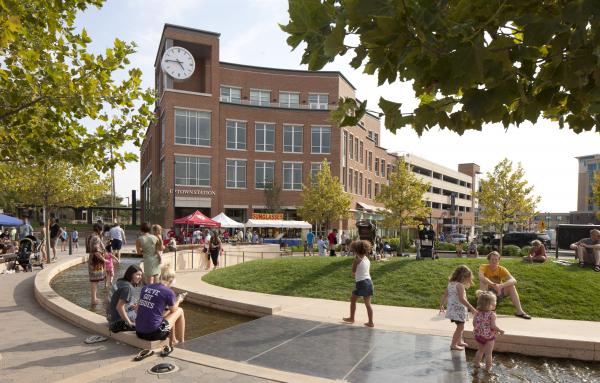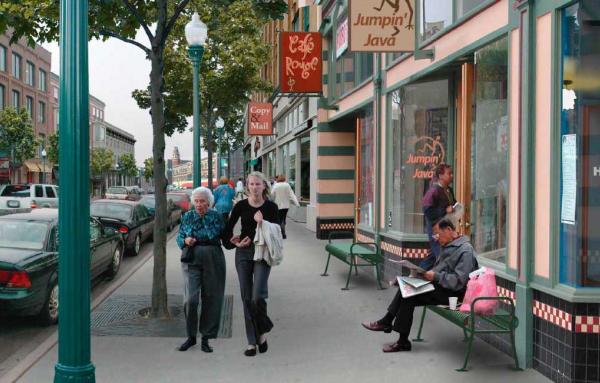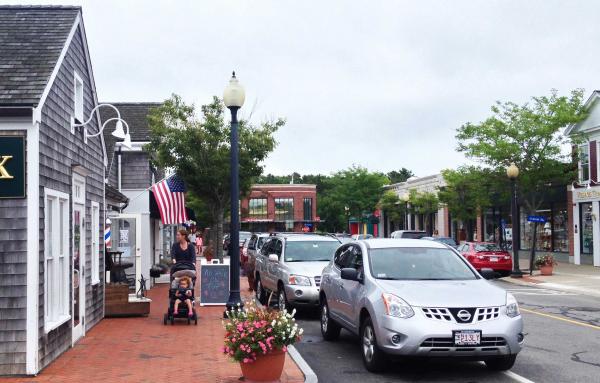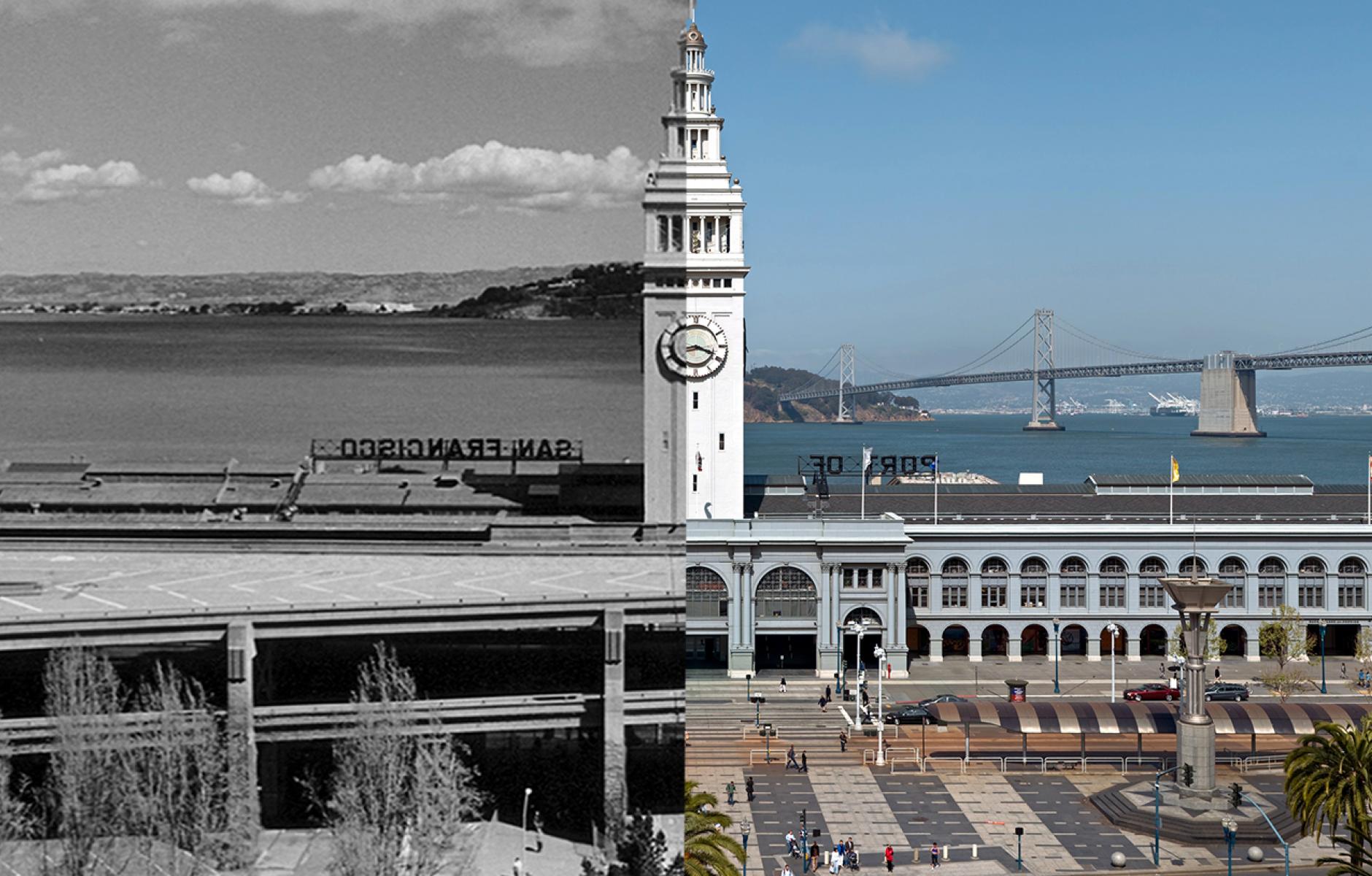
Great Idea: Freeways Without Futures
In celebration of the 25th Congress for the New Urbanism, Public Square is running the series 25 Great Ideas of the New Urbanism. These ideas have been shaped by new urbanists and continue to influence cities, towns, and suburbs. The series is meant to inspire and challenge those working toward complete communities in the next quarter century.
Freeways Without Futures—a decade-long campaign by CNU—has been at the vanguard of removing unnecessary freeways from cities. Ramming freeways through city neighborhoods did astronomical damage to cities in the 20th Century. While many of these freeways are probably here to stay, others could be removed and replaced with surface streets. Whenever this has happened—whether in San Francisco, New York City, Rochester, Milwaukee, or Seoul, Korea—the city always has improved economically and environmentally.
Public Square editor Robert Steuteville interviewed Peter Park, a city planner and urban designer who directed city planning for Denver and Milwaukee, and Patrick Kennedy, an urban designer who co-led A New Dallas, a proposal to replace I-345 with surface streets, on the subject of in-city freeway transformation.
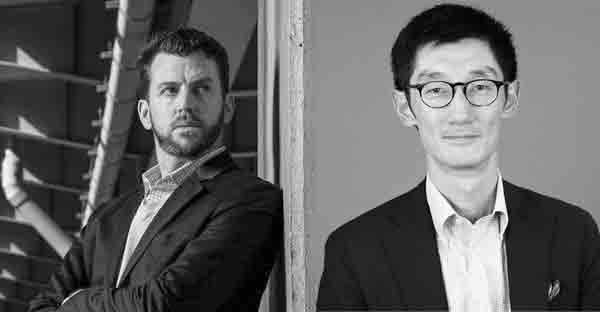
Can you describe the damage that in-city highways did to cities all across America?
Park: The idea of the Interstate highway to connect across states and cities to cities has been successful. The damage is caused by freeways cutting through neighborhoods and applying that limited-access design, a flawed design for cities, and disrupting connections between neighborhoods. These highways were particularly run through our most economically vulnerable neighborhoods, limiting access and opportunity for people where these facilities were built.
Kennedy: I agree—they impose limited access in areas where you want abundant access. A network of street grids allows for abundant access. This has happened all over the country, but in Dallas, my home, you can basically track where the original freedmen's towns were by where the highways ended up. At the most charitable, you could say it was the cheapest land, or that there was a promise for better living arrangement in modernist public housing, which we know failed, but at the same time, it's disrupted the social and economic fabric of what were stable neighborhoods.
Describe the freedmen’s towns.
Kennedy: Freedman's Town is where free slaves were allowed to live in Dallas.
Can you talk about how this impacted racial and ethnic groups relative to society as a whole?
Kennedy: You could call it slum clearance but the neighborhoods that were torn down had good building stock with lots of culture. The highway we're talking about removing in Dallas, I-345, was built through the epicenter of jazz and blues culture in the south, Deep Ellum. The Harlem Theater was where Lead Belly and Robert Johnson and several famous blues musicians used to play. And I-345 was one of the last highways to go in the city. Because there was still this seamless urban connectivity, the area functioned as a melting pot and an area of cultural expression. And with the highways we've essentially entrenched segregation by drawing lines of demarcation that also pose socioeconomic barriers. So if you don't have access to opportunity or education, then you're probably not going to have access to a car and you're not going to be able to participate in a local economy where you must have a car. You can draw those lines by race and class here in Dallas.
Park: This is a common story in every American city. In Milwaukee between downtown and neighborhoods to the north, and the Claiborne in New Orleans—these barriers cut off access and opportunity and were unfortunate legacies of the past. But we are at a time now where much of our country's infrastructure is nearing the end of its functional life and we have a great opportunity to choose differently and learn from what didn't work and also the successful examples of replacement of in-city highways with street networks. There's no neighborhood that got better when a highway was cut through it. In every case of an in-city highway replaced with an urban street network, anywhere in the world, things got better. It really proves the strength of the urban form.
Freeways Without Futures has had a broad appeal coming out of CNU and it's been covered by mainstream media on the left, right, and center. What's your take on the popularity of this idea?
Park: It's becoming more obvious to a broader part of our population that we've got to change. The impacts of these in-city highways are obvious. Anyone just simply needs to travel or walk underneath a highway or alongside a big gash that cuts through a neighborhood to understand how anti-urban and uncomfortable they are. They really damage investment and development and placemaking. The real estate around these highways in cities has not gotten stronger, it's weakened, and it becomes the cheapest parking in the city—vacant lots and underutilized places. You don't need to be an expert to understand and hope that improvement could come to a place. That has happened not just in high-growth cities like San Francisco and New York but also cities like Milwaukee, where the Park East Freeway was torn down to create significant opportunities downtown and to bridge that gap between the downtown and neighborhoods.
Kennedy: Rob, you alluded to it by saying it has been covered by media on the left, right, and center, because there's appealing ideas and ample evidence to make the case across the political spectrum. One of the biggest barriers is that people tend to treat traffic as a linear engineering equation when it's more behavioral economics. And you've got to get people out of their own mindset. They tend to think, “I've used that piece of road and it was useful” but you have to expose them to different ways of thinking about it. One, by showing them the negative impact that it's had and two, saying it'll actually get better. So you're not taking something away from people; you're saying “what else could this be?” and “let's think about what really is convenient.” And somebody might say, "Oh, well it helps me drive to some other place that I do once a month or once a year." So we'll have to say, "What is more convenient? That, or to actually have more destinations that provide a greater choice in how to get there and how to get around?" But you have to walk people through that, because everybody is geared toward the status quo and making sure it functions as the best possible status quo, not the best possible city. When people come to the conversation in good faith, you can see their minds change.
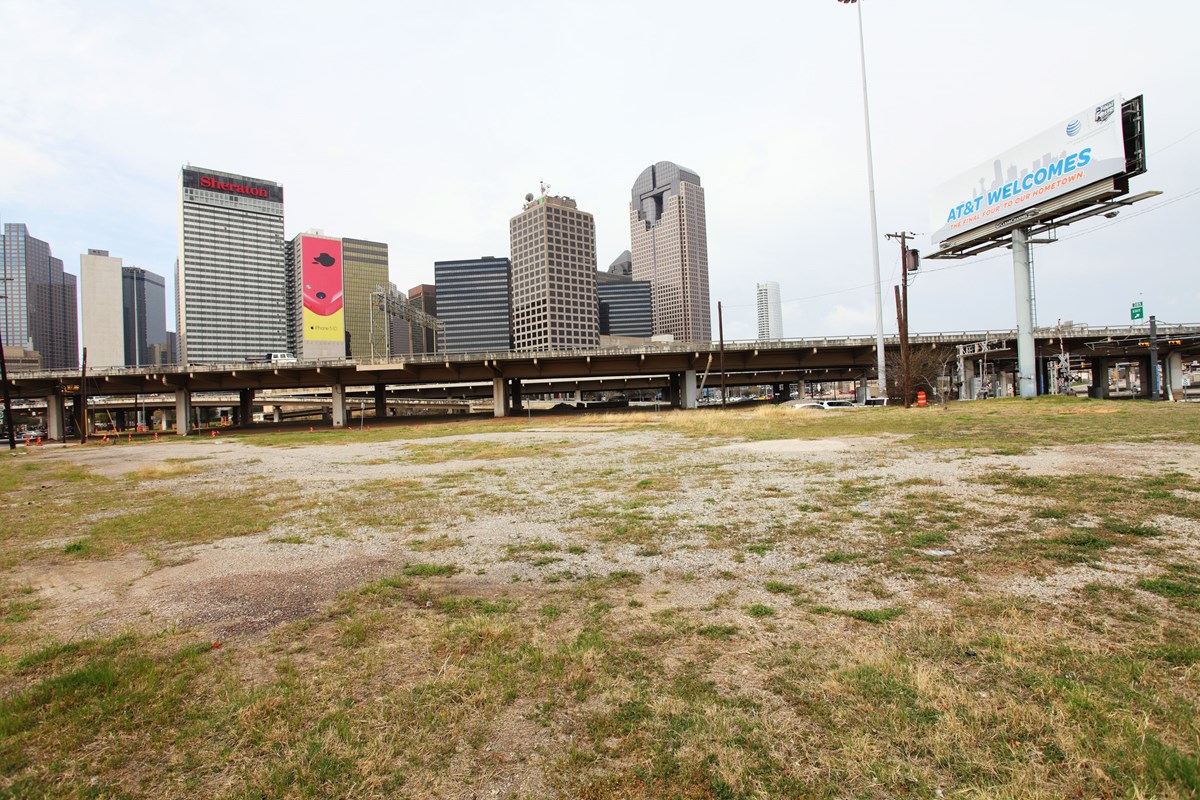
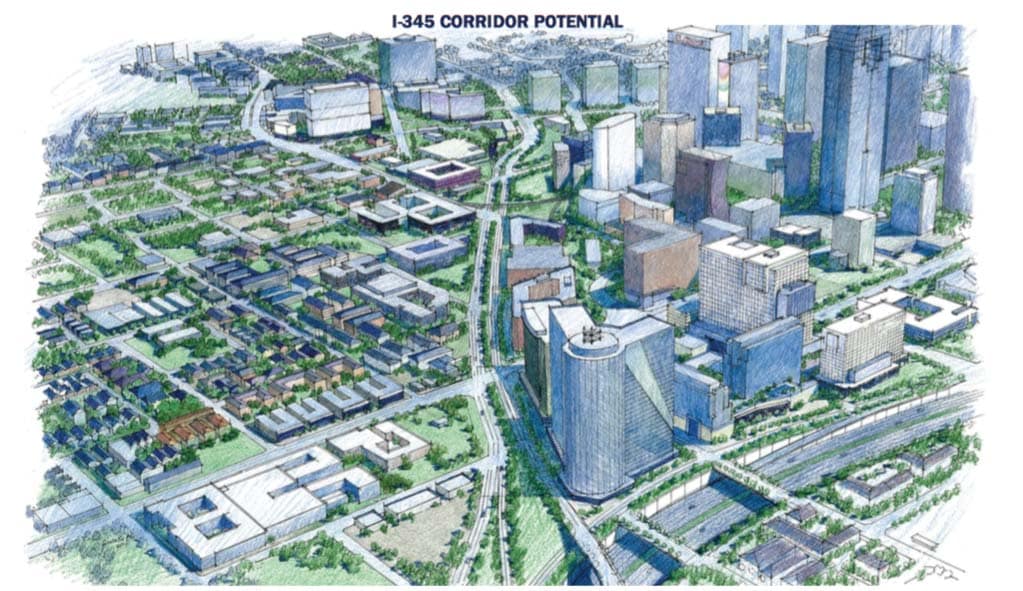
Park: We have talked primarily about the damage to neighborhoods that were cut through. But we also know the greater damage is creating a higher dependence on automobiles that contributes to urban sprawl. And so the other side of urban sprawl is the regeneration of our cities. And we have been experiencing great return to the city. As we think about our current infrastructure problems, we know that many of these highways are nearing the end of their functional life and we ought to take more of a return on investment approach. The big government spending approach of the past failed us. When in-city freeways were replaced with street networks, this has led to new investment in cities. This generates interest from the private sector because a beautiful boulevard is a much more attractive place to invest money than a multilane, elevated highway. The nearly one-mile, retro highway that was removed from downtown Milwaukee (Park East Freeway) is no longer the responsibility of the State of Wisconsin to maintain. It is now a city street along which millions of dollars of new development is occurring.
Can you quantify the return on investment when freeways are removed and replaced by surface streets?
Park: In the case of Milwaukee, it was about $25 million of federal money that was used to remove the elevated freeway, combined with tax increment financing that helped to clean up some of the land and the street grid. And Milwaukee has seen over one billion dollars of new investment that's being driven in and around the former freeway area, but also in other parts of the downtown. When the highway removal was first proposed, the fear was that this would lead to disinvestment in the city and [peopled wondered] “how would people to get to their jobs?.” But, in fact, the removal of the freeway has been part of the urban renaissance.
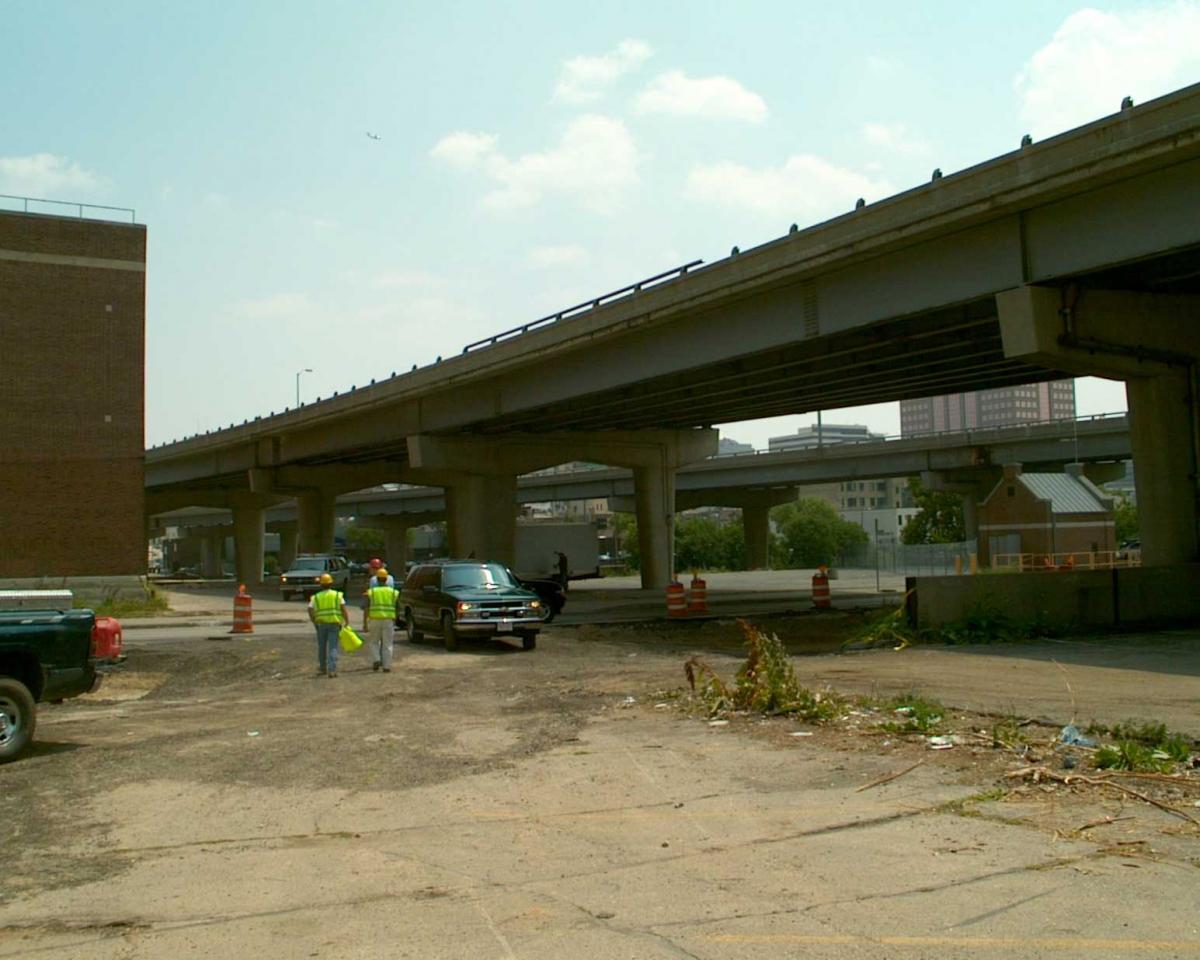
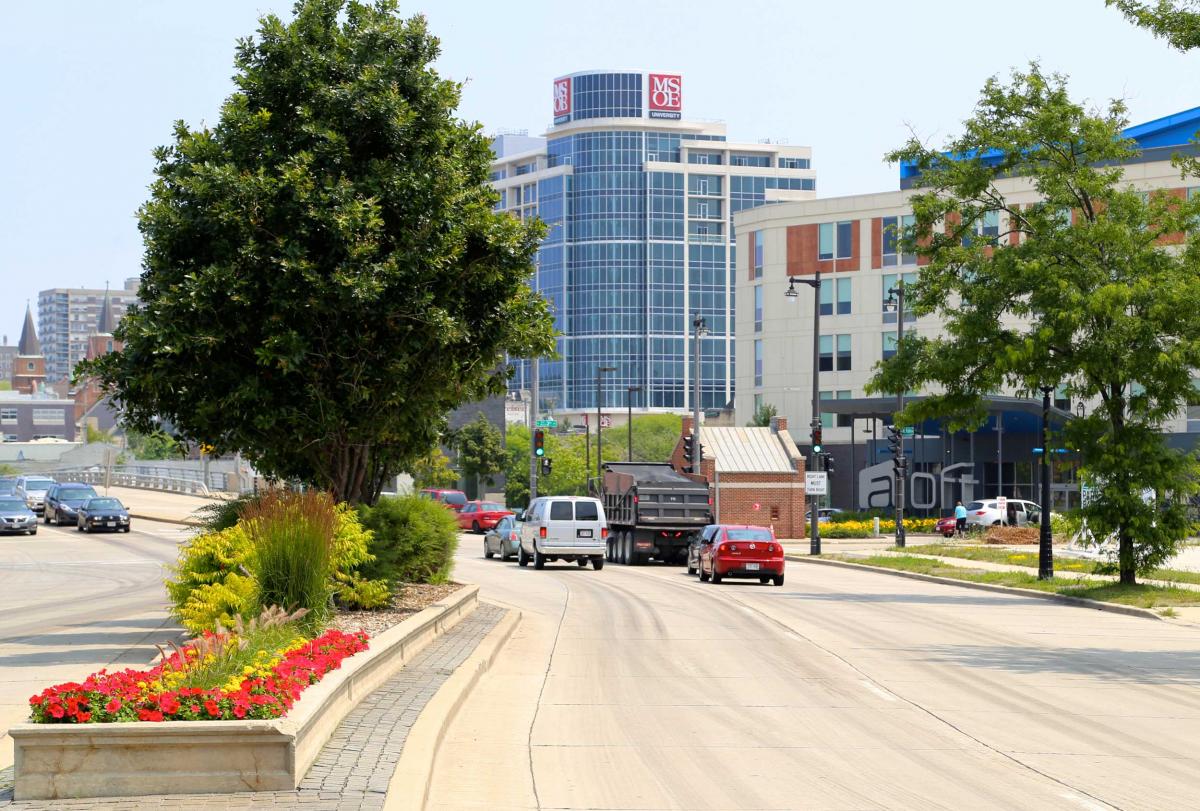
Kennedy: When we started looking at I-345 in Dallas, we put it through an economic impact analysis. If that freeway corridor could be used for public space and private development opportunities, we ran through scenarios of various scales of development that would happen. We did this when the economy still was on the downturn, but our most aggressive scenario was still leveraging more than $4 billion worth of private investment. The private real estate sector could then verify the numbers, which they have, and now are saying probably $5 billion or $6 billion because the market is so hot. And the land is owned by the public, which means there's a real opportunity for affordable housing where it needs to be—near jobs and near transit. This gives us that opportunity to leverage public land for not only private goods, but also public goods to deliver new schools and new parks and new workforce housing at a variety of economic levels.
And it seems to me that a lot of these highways cost more to rebuild than they do to take down and put into surface streets. Is that correct?
Park: That’s what made the decision in Milwaukeee. To maintain an elevated, single-purpose structure that has exposure top, side, and bottom is fairly expensive. A grade-separated structure that's down in a cut where you have to maintain those retaining levels sometimes below the groundwater level—that’s also very expensive. Not only is it expensive for the hardware, but also from the investment perspective. It's spending government money in a way that devalues the private real estate around it. There's no elevated highway or highway cut that has created marvelous freeway frontage in a downtown, driving higher real estate values. So I've always thought it a little strange that in America we would use tax dollars in ways that devalues private land. It's just un-American.

Which reduces tax dollars coming back.
Kennedy: There's also the opportunity cost of lost tax base, where we calculated Dallas would be getting $110 million a year in property taxes (from the I-345 removal and redevelopment). That could go a long way to paying for various deferred maintenance and debts that we've incurred. And I took a quick calculation of the two proposed crosstown Manhatten highways that were never built and what was preserved—today the value is $13 billion just in the right-of-way. Over the 50 years or so since the highways were proposed to be built, they would have eliminated around $2 billion worth of tax revenue to the city.
Park: Yeah, imagine in San Francisco if the Embarcadero had actually been completed and cut all the way through the waterfront. But the part that was built was actually removed, and the waterfront has become fantastic.
Can you talk about the politics of freeway removal? How difficult is it?
Park: It's not technical, it's political. Engineers, urban designers, and planners are really smart. We can figure out how to design the infrastructure. It's a matter of political will. And it’s important to remember all that goes into the study and the design and planning of a highway. There's an environmental impact statement, and a National Environmental Policy Act review at times. These processes are never going to result in replacing an in-city highway with an urban street network without extraordinary local leadership. Because of the way the funding and decision processes work, it's a foregone conclusion that some extension or realignment of a "bigger, better" highway will result. The evaluation is just looking at mitigating the impacts. It isn't about optimizing the outcome for the community. So it takes an extraordinary leadership. (Former Milwaukee mayor and former CNU president) John Norquist was, and continues to be, an incredible voice in this regard.
Kennedy: In order to make the political case you have to make the economic case. But the biggest barrier has been elected officials or staff that have been there for 30 years and they know progress as the ribbon cutting for a highway expansion. And until you either change the metric for success, which is the level of service and delay for cars, or you change the people that are in office, you're going to keep running into those barriers. And that's where you need the advocacy group to step in and start selecting people that have a new vision.
Park: Yeah, and the conversation around the replacement of existing facilities is often driven by, "Well, it's crumbling. We have to do something right away or something terrible happens." Which is often true. And then there's also the promise of, "Well, in the redesign, we'll make safety improvements,” and who is going to be against safety? And the other statement you hear is "All the pain and congestion that you are experiencing today will be relieved by the improvement that we'll make to the highway facility.” So wow, we get a new highway, it creates a lot of construction jobs, how can you say no to that? So the possibility that you could actually make a better place with better access is rarely discussed. In Milwaukee, we didn't talk about getting rid of the highway. We talked about making a city and strengthening the downtown. So it's really about development oriented to transportation, or better yet, place-oriented transportation. Let's figure out what kind of places we want first, and then we design the hardware: The street network, and the street elements, and the buildings, to create the places that we want.
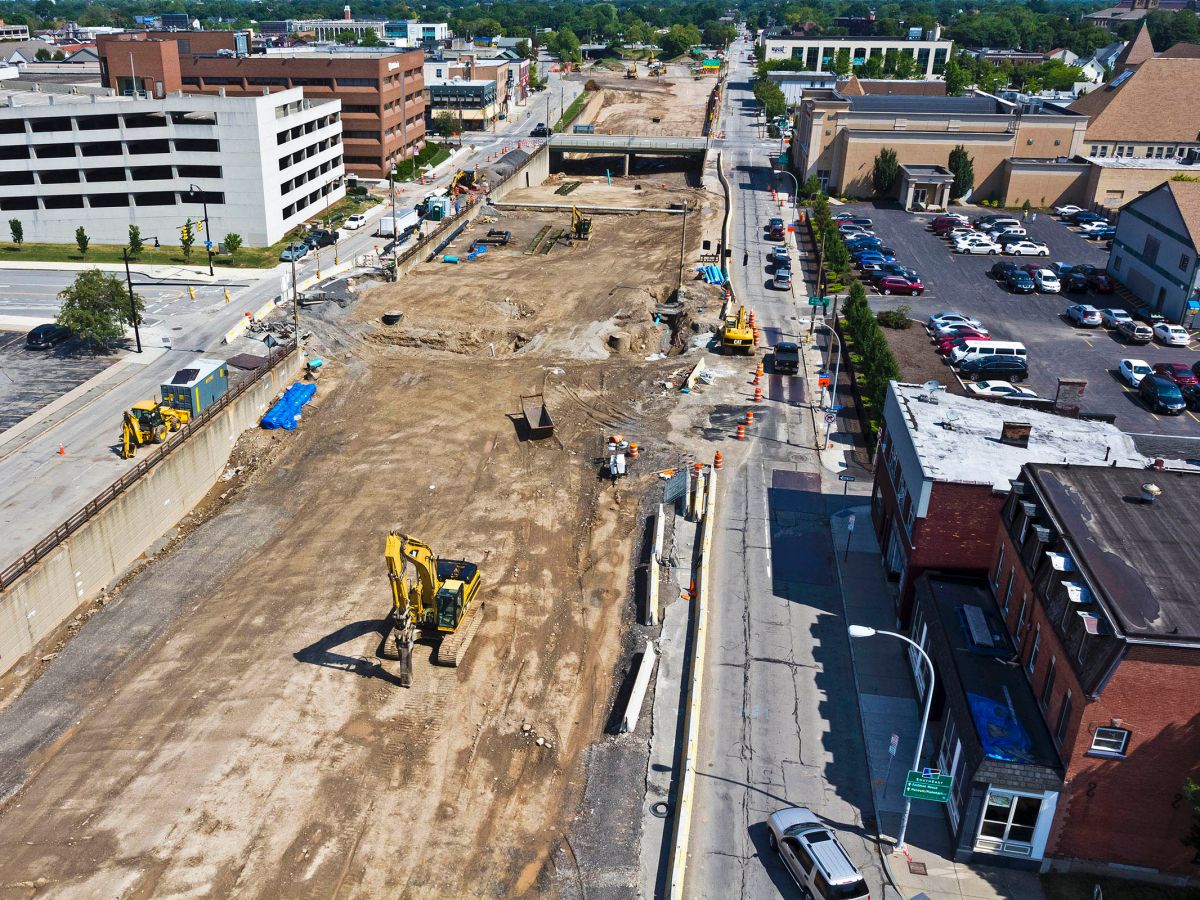
So how does the process turn around to create a better outcome?
Park: It comes back to political will and vision. If anyone is thinking about the future of a highway and their city, it's important to plan ahead. Establish the point of view of the neighborhood and city as soon as possible. When the state comes, and they will because that facility's not going to last forever, the local community's preferred alternative is already known. In other words, make the case for planning neighborhoods, your downtown, and your city, because in this process, the imperative of "improving the highway" looms large. In Milwaukee we'd already had a long-term plan that did not envision the freeway being there.
Kennedy: If you just say, "We want to tear the highway down," you may turn off a lot of people right away—but few people can argue against a better process. We focused on the process, and that enabled us to work directly with the Texas Department of Transportation (TxDOT), Dallas, and the region. TxDOT first showed up with nine options that were all different ways to rebuild the elevated highway. And we said, "These aren't options. These are price tags." And luckily for us, one of the transportation commissioners from the five governor-appointed bosses of TxDOT heard that and said, "You're right. We shouldn't have stakeholder input at the end of the process ... we should have the public input up front."
It’s important to meet with local stakeholders and leaders up front to devise options, and then be objective by saying, 'Here are the costs but then here are the benefits.' The benefits are not just throughput-related, but [instead] look at traffic at a larger level and at quality of life and the economic impact. Doing that has allowed us to get the point where now TxDOT is willing to study engineering and the feasibility of either a below-grade or complete removal option. That's necessary for it to become real in their mind. It’s also important to define measurable metrics, and this can happen at a local, regional, or state level, as we've seen with Seattle, which has tossed out level of service and vehicular delay in favor of reducing single-occupancy trip mode share; or the State of California focusing on reducing vehicle miles traveled.
So how do we define success? Down here, the latest thing I saw was in the 2040 or 2045 plan there would be 1 million injuries on highways and 15,000 deaths. And we are going to spend $140 billion to do that. How is that success, when we know that the hypothetical congestion relief will not happen? We need to define what our goals are and then align our metrics to those goals.
Now you've talked about Milwaukee and Dallas. Are there other in-city freeway removal projects completed or in the works that you think are significant, and why?
Park: All of them on the Freeways Without Futures lists are significant. The freeways on CNU’s lists have common attributes, but in different cities. From San Francisco to Buffalo, Trenton, and Detroit, we’ve got cities in the East, Midwest, South, and West Coast. Some are growing quickly, and some not so quickly—this approach is applicable in a lot of different places. It's a very economically conservative approach. We don't have expanding funding for transportation in our country. People are driving fewer miles and cars are getting higher mileage. The revenues are not going to keep up with the need for infrastructure that is nearing the end of its useful life. So there's a lot of upside in rethinking how to reduce the burden on states and the federal government in maintaining and building this infrastructure, but also how local economies can benefit from strengthening places, based on fundamental urban form.
Kennedy: In the down market, it can help with revitalization. In the hot market, it can help deliver public good where affordable housing is lacking. Both of those apply in Dallas as the market has evolved in the last seven years. As for other examples, I've been keeping my eye on two that are totally different. We've got the Seattle Alaskan Way Viaduct (recommended for teardown in the CNU 2008, 2010 and 2012 Freeways Without Futures list), which ends up being a hyper-expensive compromise. They put the highway below grade and it ended up going over budget and the drill got stuck. It will be better, yeah, but they could have just removed it for a fraction of the cost and had the same benefit. The other project is the Inner Loop in Rochester, New York, that was funded by a TIGER grant. It’s striking how lovely some of the small towns in Upstate New York are that haven't had highways put through them. But the Albanys, Buffalos, Rochesters, and Syracuses, have been completely decimated by highways right through the center. And I'll be interested to see how Rochester can compete with its peer cities in terms of livability and attracting talent and population back to the city.
Are Freeways Without Futures projects picking up momentum?
Park: I think so. These conversations are increasingly being led not just by city planners and architects but by a broader range of folks in community. I mean, my goodness, the recent story in The New York Times was in the Style section.
Kennedy: The campaign, the idea, will inevitably grow by this simple equation: where the cost exceeds the benefits, the highway probably doesn't belong there. It's just a question of factoring in the right costs, and all of the costs, and all of the benefits. For example, take the cost of delay while sitting on the highways. Well, what if you weren't on the highway in the first place? Dallas, Texas may be the most car-dependent metro in the country, and we’ve gotten to the point where TxDOT has taken it seriously and about to start and engineering and feasibility study for freeway transformation.





